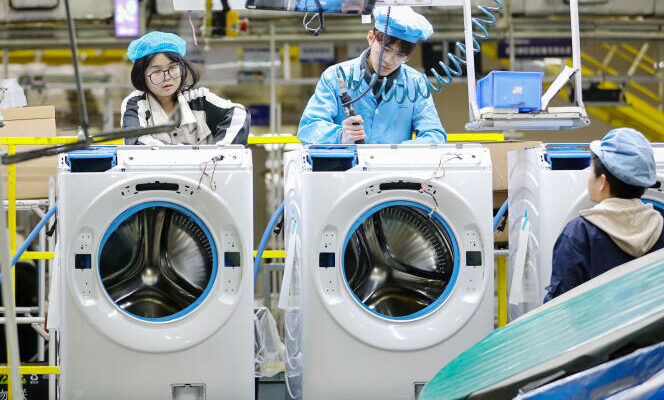Ln September 8, 2023, Chinese President Xi Jinping was on an inspection visit to a province in northeastern China. Heilongjiang is emblematic of old industries, a Chinese “rust belt”, much less dynamic than the Yangtze and Pearl River deltas. There, as elsewhere in the country, the real estate market is also at half mast. Much-needed infrastructure spending, a key driver of growth so far with building construction, has already been made and the central government has refused to plan new subway lines in Harbin, the provincial capital. In front of the highest local executives, the general secretary of the Chinese Communist Party was going to present his concept for the future of the country’s economy: “The new productive forces of quality. »
It has since been taken up in multiple articles, in speeches at all lower levels, and explained in the “Xictionary” state media. It is about producing better, through technological progress and science, making breakthroughs in cutting-edge areas and producing more to boost the economy. The triptych of electric cars, batteries and solar panels is often cited as an example. Semiconductors, biotechnologies and the digital economy as well.
Problem: despite the image of a new society of consumerism given by the shopping centers of Shanghai, the Chinese consume relatively little. China represents just under 18% of the global economy but only 13% of consumption, according to the World Bank, because most Chinese live on middle-income incomes, they are not yet truly rich and, due to of sufficient social cushion, they put aside just in case. The local market is not enough to sell this production.
Solution: exports. But the second largest economy on the planet is already the leading exporting power and accounts for 31% of global manufacturing production, compared to “only” 20% in 2010. Doing more necessarily requires others to do less, giving up space, steps. “By shifting all this investment to the manufacturing sector, we are boosting capacity in an economy for which demand is the problem and not supply. The only way to solve the equation is to export. This is why the rest of the world, the European Union [UE] in particular, is so nervous »analyzes Michael Pettis, professor of finance at Peking University and associate researcher at the Carnegie China center.
You have 56.38% of this article left to read. The rest is reserved for subscribers.
